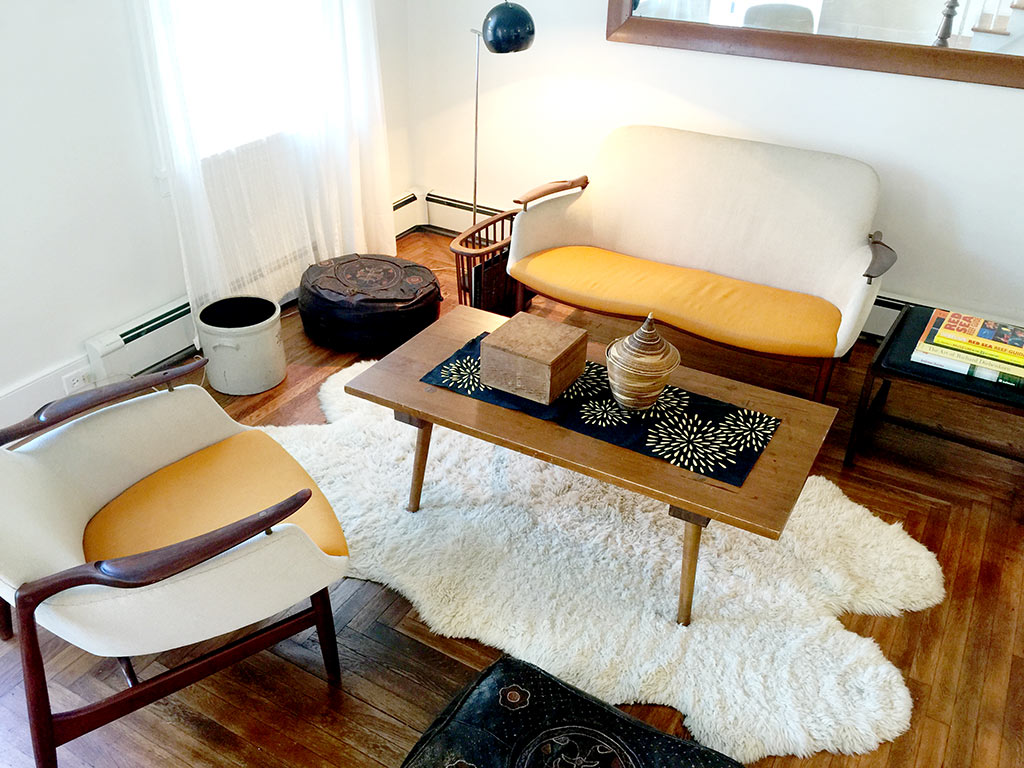A recent study published in the journal Environmental Science and Technology suggests that in our efforts to have comfortable and beautiful homes we have surrounded ourselves with products that shed toxic chemicals and contaminate our environment. It’s pretty horrible news, but rather than freaking out we can learn about the risks and promise to do some very simple things to reduce the contaminants that we ingest at home.
Co-author of the study Veena Singla from the Natural Resources Defense Council in California, along with scientists from George Washington University, Silent Spring Institute, Harvard University, and University of California–San Francisco gathered together all the data available from 1999 onwards examining the chemicals found in U.S. indoor dust to produce this study. Singla writes that “what emerged was a rather disturbing picture of many different toxic chemicals from our products that are present in dust in the home”.
Common household items such as couches, televisions and toys, as well as packaging, cleaning, and personal care products release hazardous chemicals such as phthalates and flame retardants. These chemicals enter our bodies when we breathe contaminated air/dust, touch contaminated dust, or accidentally get dust in our mouths from our hands. Children are understandably more vulnerable and their health hazards are serious, including cancer, hormone disruption, and toxicity to the reproductive system.
3 EASY THINGS TO DO RIGHT NOW
- Wash your (and your kids’) hands with plain soap and water before eating
- Vacuum your floors with a vacuum that has a high-efficiency particulate air (HEPA) filter
- Dust with a damp cloth and wet mop to reduce household dust levels
The other important action you can take is to carefully consider what really constitutes a healthy and comfortable home for you and your loved ones. From my experience, I can say that it does not mean owning all the latest consumer gadgets and cleaning everything with scented chemicals. Our family invested in a HEPA vacuum, we mop the floors with hot water and a touch of vinegar, we dust regularly and we open the windows for good ventilation. We also have a love of antique and mid-century furniture which has the added bonus of less upholstery and therefore fewer chemicals. However, that’s just our taste, and there are of course risks with buying vintage furniture as well. If you prefer a new couch, the Center for Environmental Health has put together a helpful list of companies that produce furniture that does not contain flame retardants.
If you are concerned about addressing elements in your or your loved ones living environment and you need to gather more information about your particular situation, we would recommend asking for an Indoor Air Quality assessment.

